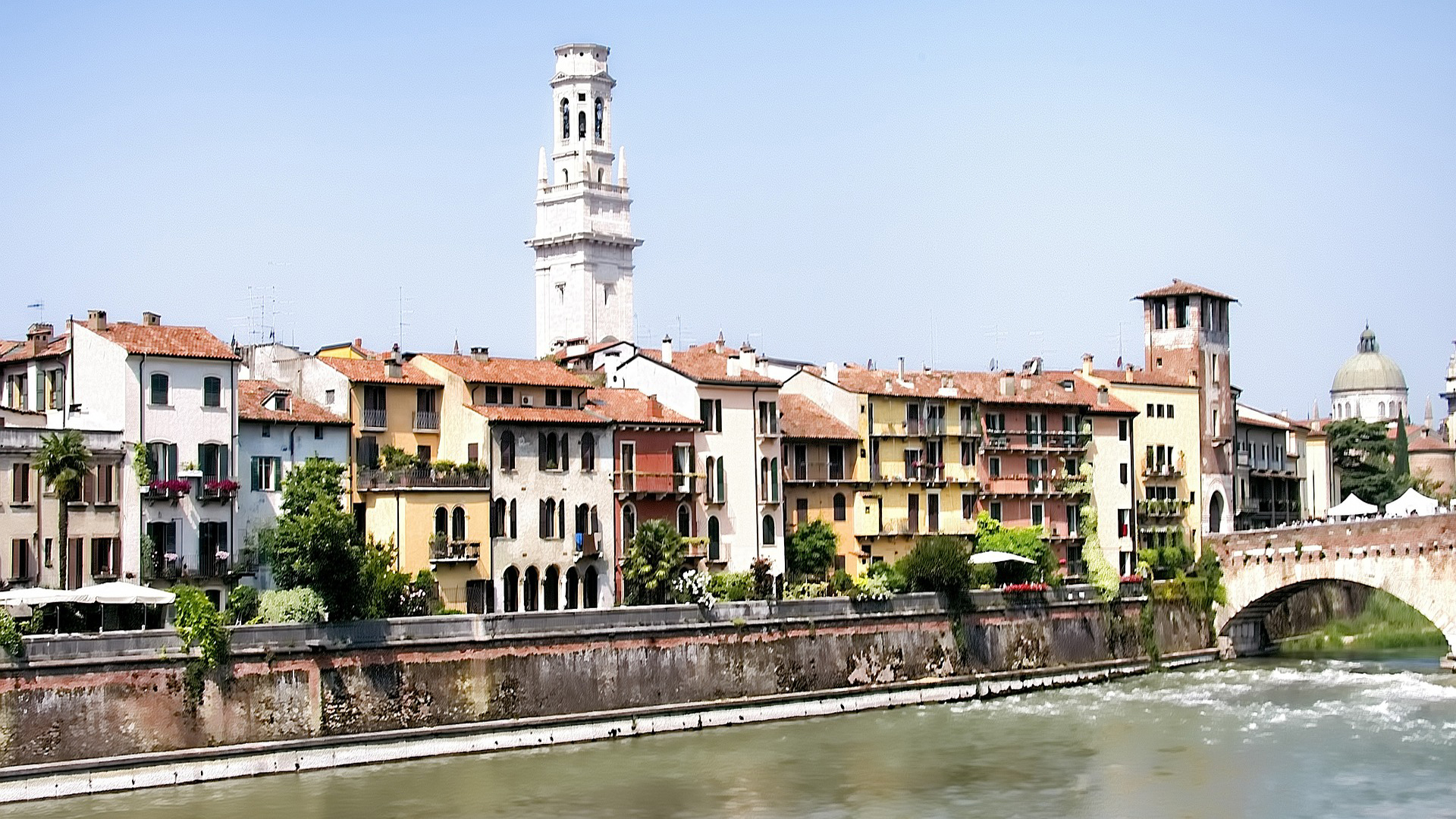Italy boasts more World Heritage sites than any other country in the world. It has 53 cultural and five natural UNESCO World Heritage sites, for a grand total of 58. UNESCO World Heritage Sites are deemed to be of “outstanding value to humanity.” These sites are actively identified, protected, and preserved under the Convention concerning the Protection of the World Cultural and Natural Heritage, which was adopted in 1972.
Every week, America Domani will release a list, and brief description, of 5 UNESCO World Heritage Sites, listed in the order in which they were inscribed. Last week’s list included the Aeolian Islands, Villa Adriana, and the historic center of Urbino.
City of Verona (2000)
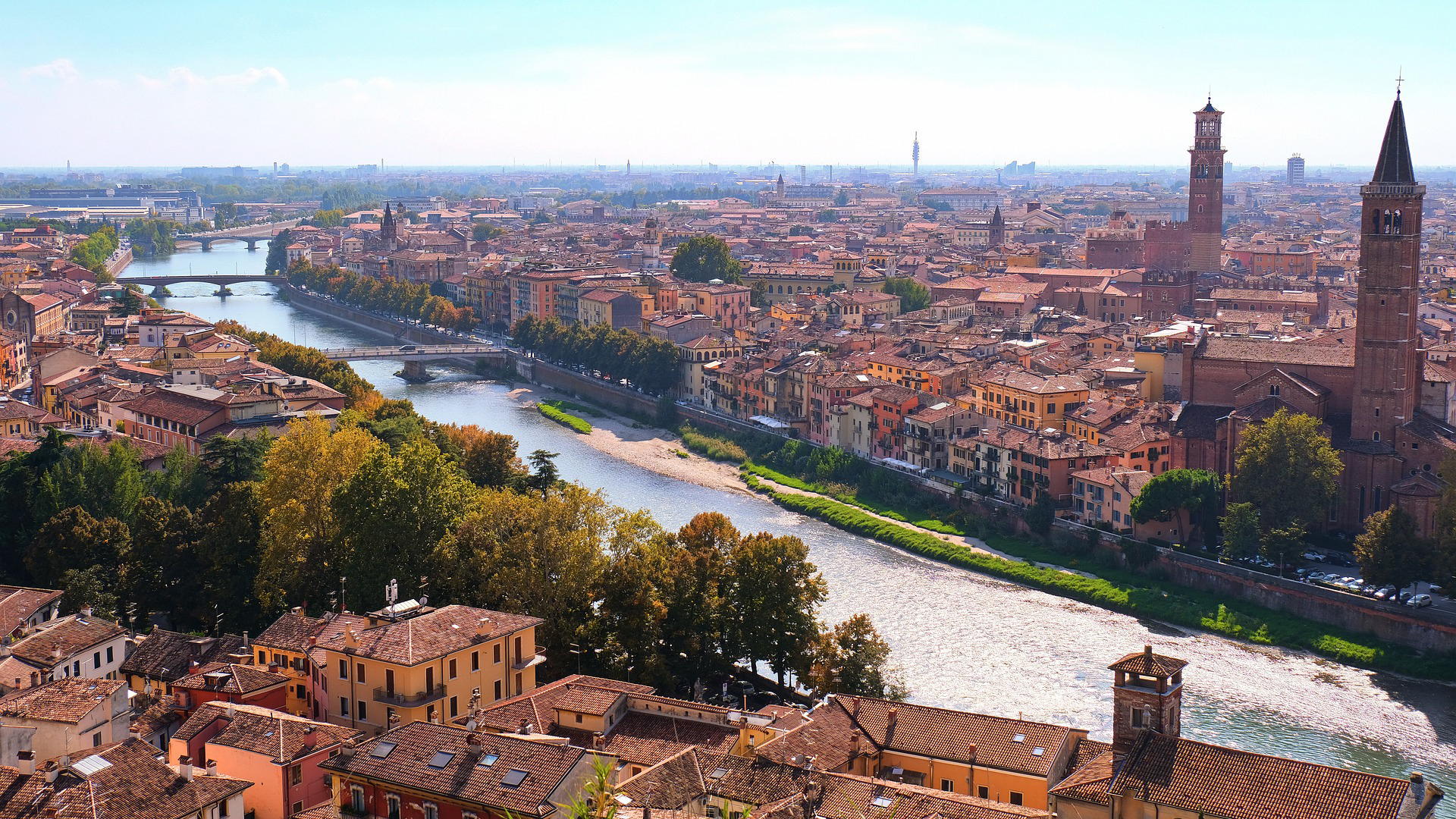
While Verona may nowadays be associated with Shakespeare’s “Romeo and Juliet,” the city dates back to the 1st century BC. Verona flourished in the 13th and 14th centuries under the Scaliger family and was integrated into the Republic of Venice between the 15th and 18th centuries. The city therefore holds a mix of ancient, medieval, and Renaissance architecture.
Assisi, the Basilica of San Francesco, and other Franciscan sites (2000)
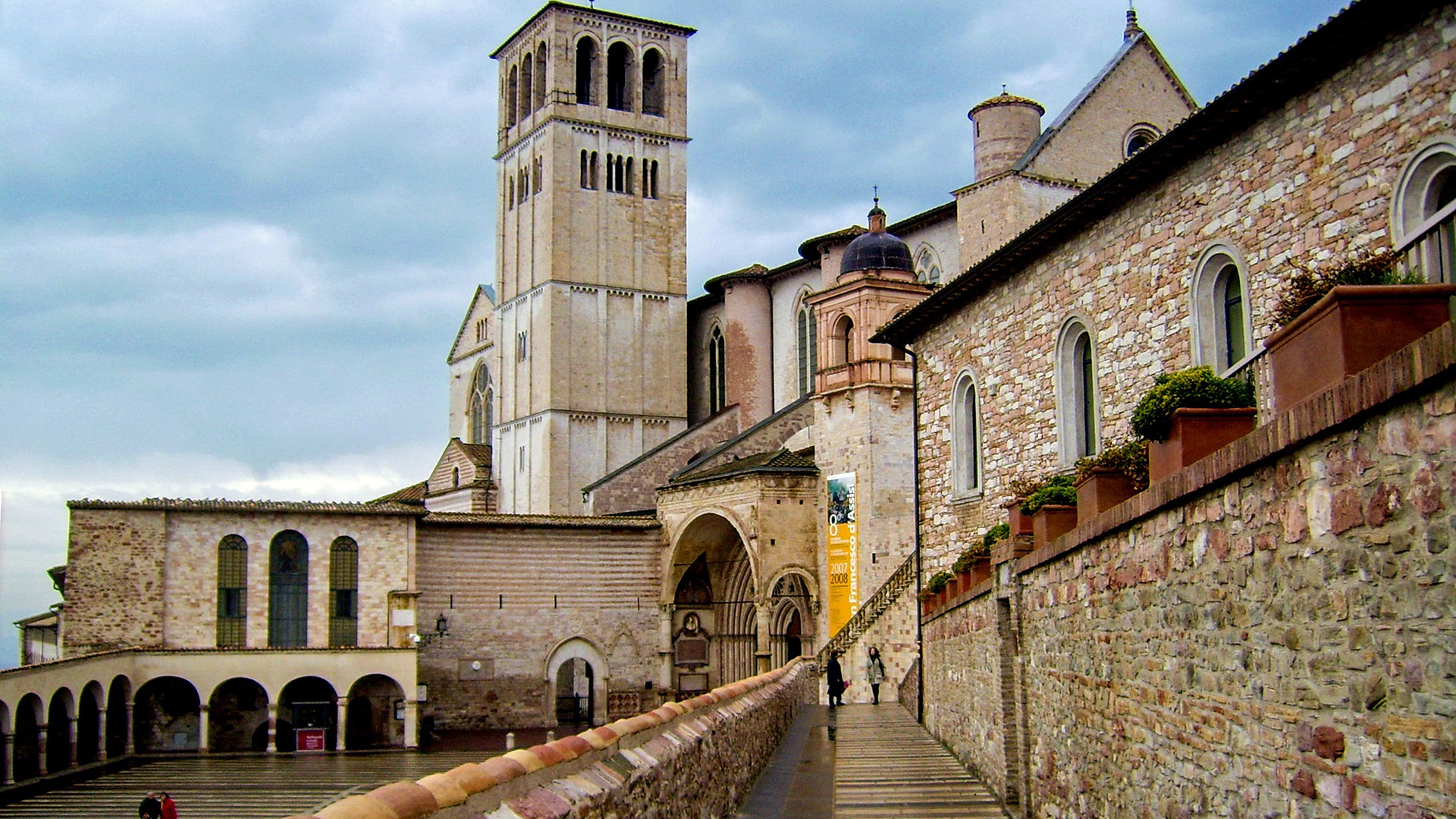
The medieval city of Assisi was the birthplace of Saint Francis. According to UNESCO, medieval masterpieces such as the Basilica of San Francesco, and paintings by Cimabue, Lorenzetti, and Giotti “have made Assisi a fundamental reference point for the development of Italian and European art and architecture.”
Villa D’Este, Tivoli (2001)
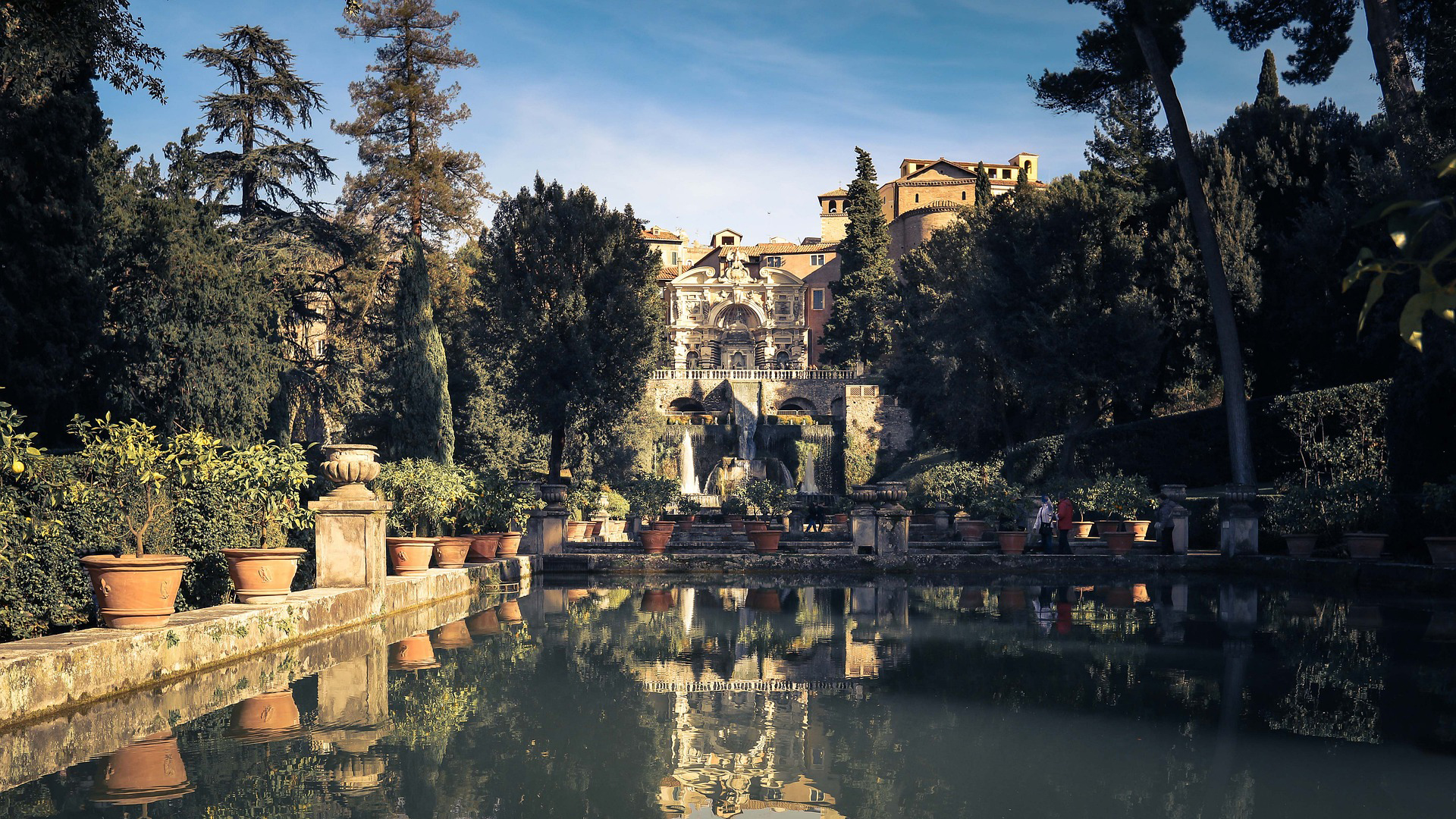
The Villa d'Este in Tivoli is renowned for its palace and lush gardens which embody the refinement of Renaissance culture. The 16th-century garden, with its fountains and ornamental basins, was an early blueprint for successive European gardens.
Late Baroque Towns of the Val di Noto, southeastern Sicily (2002)
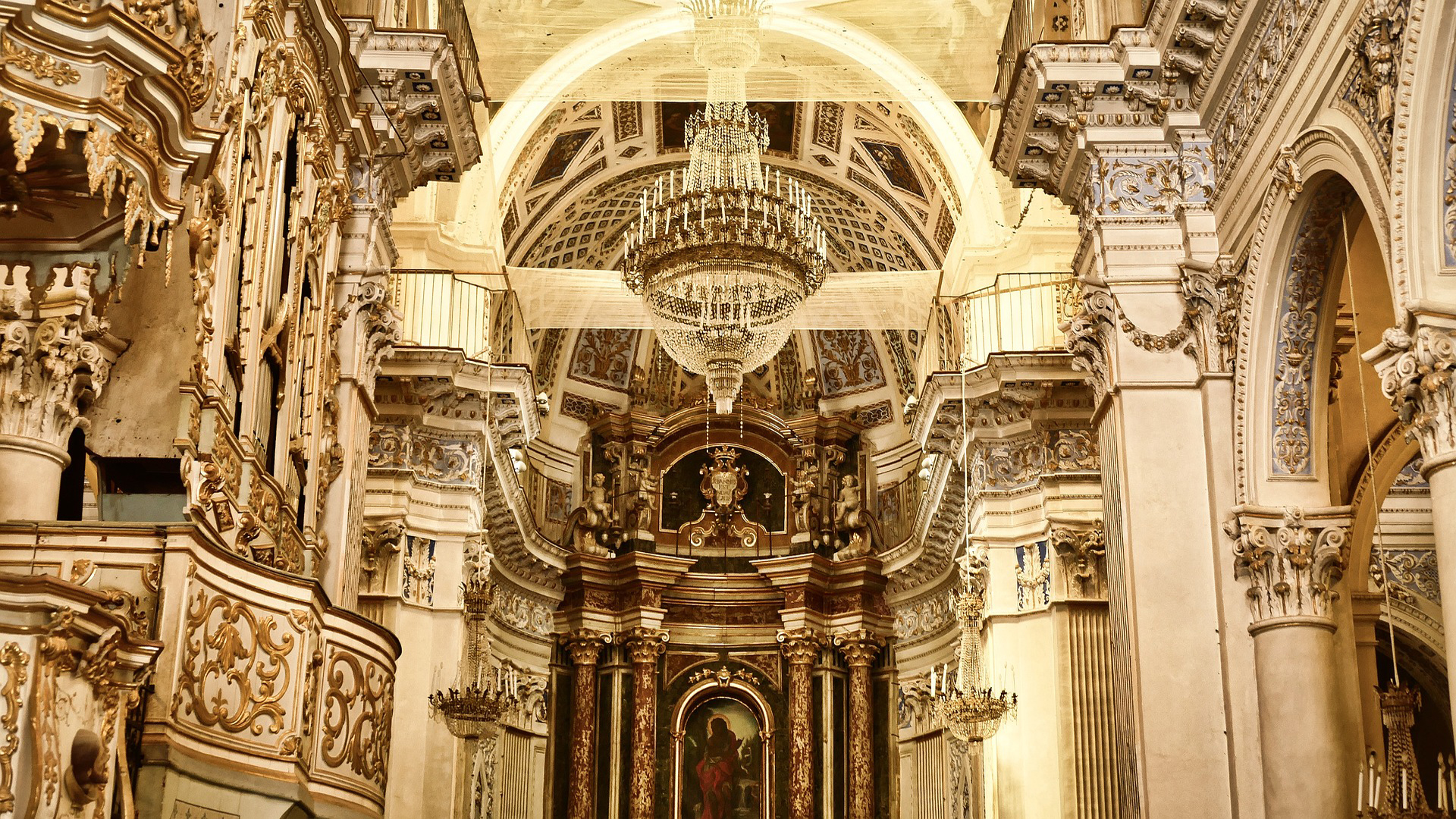
The towns of Caltagirone, Militello Val di Catania, Catania, Modica, Noto, Palazzo, Ragusa, and Scicli, were all rebuilt after an earthquake in 1693. Reconstructed in the late Baroque style of the era, they “represent a considerable collective undertaking, successfully carried out at a high level of architectural and artistic achievement,” according to UNESCO.
Monte San Giorgio (2003)
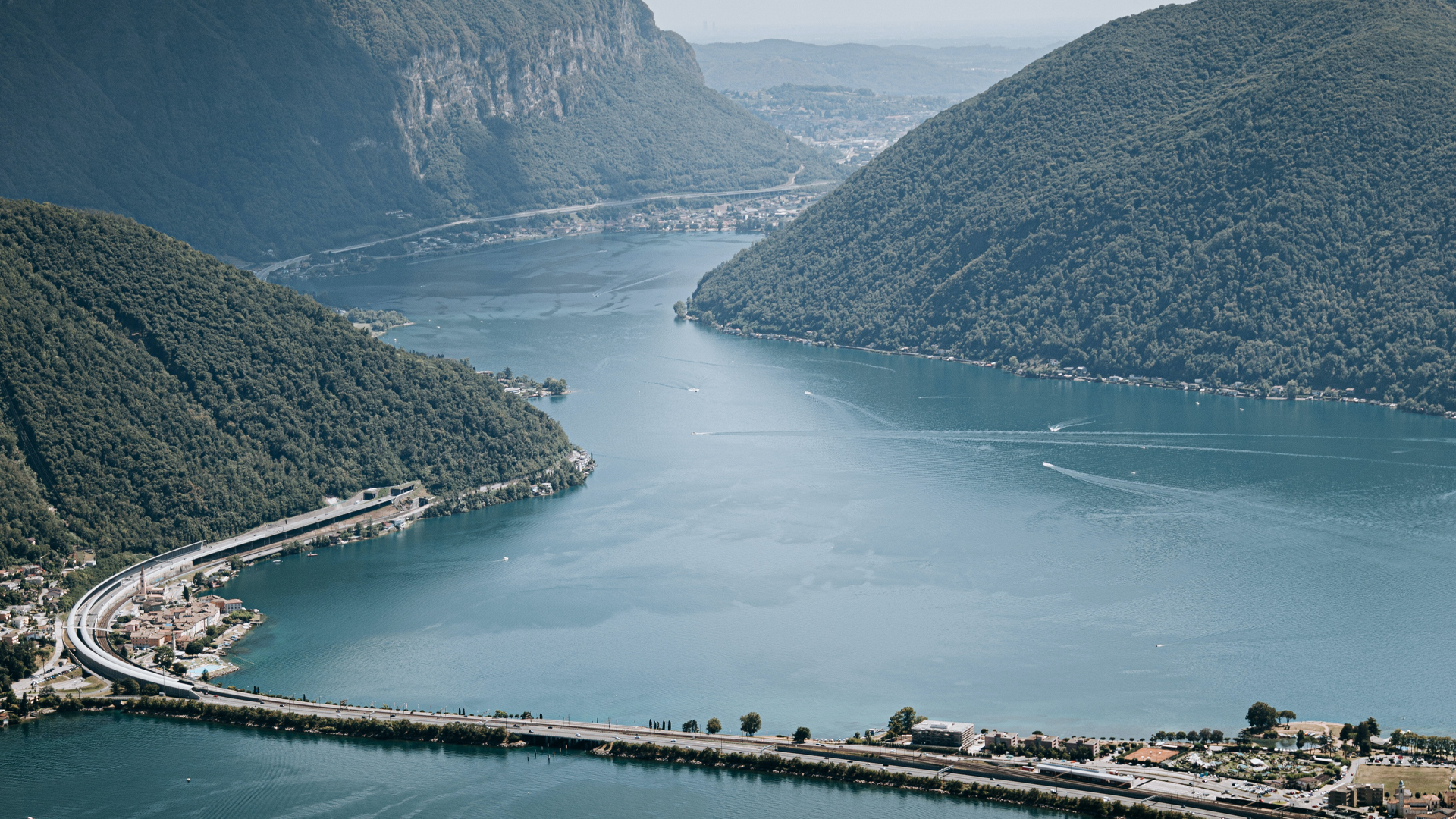
The pyramid-shaped mountain Monte San Giorgio is widely regarded as the best fossil record of marine life from the Triassic Period, which was approximately 245 to 230 million years ago. Located near Lake Lugano, the area was once a tropical lagoon environment in which fish, reptiles, bivalves, ammonites, echinoderms, and crustaceans flourished. As the lagoon was near land, the area also holds the fossils of reptiles, insects, and plants.
Asia London Palomba
Asia London Palomba is a trilingual freelance journalist from Rome, Italy. In the past, her work on culture, travel, and history has been published in The Boston Globe, Atlas Obscura, The Christian Science Monitor, and Grub Street, New York Magazine's food section. In her free time, Asia enjoys traveling home to Italy to spend time with family and friends, drinking Hugo Spritzes, and making her nonna's homemade cavatelli.


